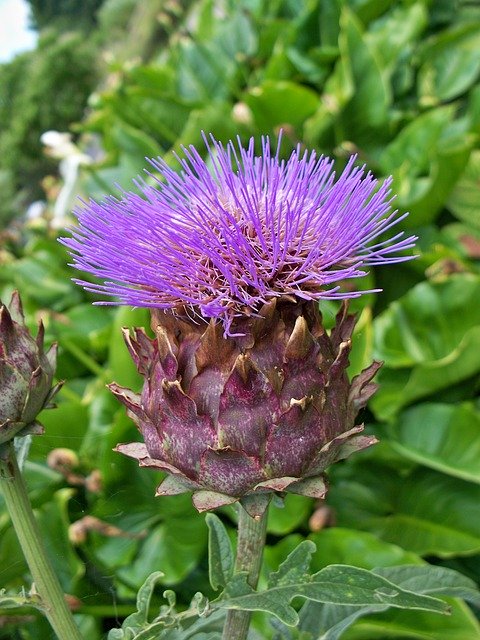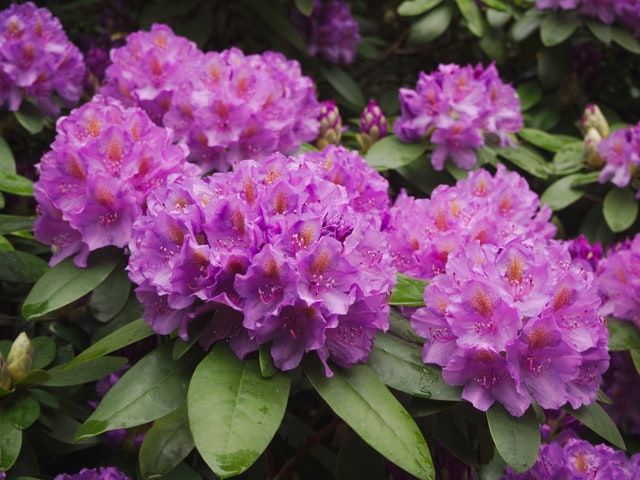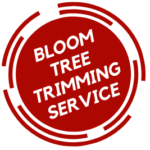This snippet has been extracted from “Re-imagining The California Lawn Water-Conserving Plants, Practices, and Designs Carol Bornstein by “David Fross, Bart O’Brien”. Plant types can be categorized in many, of which major ones are discussed and relevant info is available at “Tree Trimming Stockton CA“
The following standard terms are used to describe the featured plant: shrub, Sub- shrub, perennial, Grass, or Succulent.
Climate Zones
California gardeners should be able to successfully grow a plant in one or more of the six following broad climate zones if it is given proper sitting and care.
Coastal: Cool ocean air is a major influence on both summer and winter temperatures. Examples: San Diego, Los Angeles, Santa Barbara, San Luis Obispo, Berkeley, San Francisco, Crescent City, and Eureka. (Comparable Sunset zones are 15 to 17 and 22 to 24.)
Inland: Foothills and valleys with moderate to minimal ocean influence. Coast and peninsular ranges typically block any consistent maritime influence. Examples: Hemet, Riverside, Ontario, San Gabriel, San Fernando, Simi Valley, Santa Ynez, King City, Paso Robles, Hollister, Santa Rosa, Covelo, and Grass Valley. (Comparable Sunset zones are 7, 14, and 18 to 21.)

Central Valley: The Sacramento and San Joaquin valleys.
Examples: Bakersfield, Fresno, Sacramento, Redding, Davis, Chico, Modesto, and Merced. (Comparable sunset zones are 8,9 and 14.)
Low Desert: This embraces the Sonoran Desert area within California, also regionally known as the Colorado Desert. Examples: Borrego Springs, Blythe, Brawley, Palm Springs, El Centro, and Indio. (Comparable sunset zone is 13.)
High Desert: This comprises the Mojave Desert and Great Basin areas of the state. Examples: Twenty nine palms, Bishop, Barstow, Ridgecrest, Susanville, and Alturas. (Comparable sunset zones are 1A, 10, and 11.)
Mountains: Yellow pine forest belt and higher. (Elevation for this zone varies with latitude and local conditions and typically begins between 3000 and 6000 feet.) Examples: Lake Arrowhead, Big bear, Mammoth Lakes, South Lake Tahoe, and Truckee. (Comparable Sunset zones are 1A, 2A, 2B, 3A, and 4.)
When all the profiled species in a genus share the same recommended climate zones, this information is included in the summary at the start of the genus profile. When climate zone recommendations vary between different species or cultivars within a profile, the zones appear in brackets that follow the plant’s description in the text. Where given in brackets, the climate zones are abbreviated as follows: c= coastal; I=inland; CV=Central Valley; Id=low desert; HD= high desert; m = mountain.

This information is offered as a guideline, and you are encouraged to experiment by trying a plant outside its recommended zone(s). For the many readers who are also familiar with the climate zones in the sunset western Garden book, we have provided the corresponding sunset zones for every featured plant in “sunset zones for Profiled Plants,” beginning on page142.
Light
Sun: full sun.
Partial shade: filtered light or shade for part of the day.
Shade: No direct sun.
Soil
Adaptable: A plant that will tolerate a range of soil types. Well-drained: A plant that prefers or requires soil that drains well after water application. Some soils, such as rocky or sandy types, drain well based on their respective physical characteristics. Others, such as clay and silt-clay types, are normally poorly drained on level ground but are considered will-drained on slopes.
Water
The suggested water requirements in the summary text refer to established plants. Water needs vary considerably in California’s diverse climates, and our categories are offered as a broad guideline to irrigation schedules during the warm season (generally April through October in most of the state). Once established, most of the species listed in the Plant Profiles require minimal to no supple-mental irrigation during the rainy season, except during exceptionally dry years. Plants grown within their native range usually require less supplemental irrigation.
Regular water: Every 3 to 7 days.
Moderate water: every 10 to 14 days.
Occasional water: Every 3 to 4 weeks.
Infrequent water: every 4 to 6 weeks.
Drought tolerant: Plants survive on rainfall once established except during periods of prolonged winter drought. (please note that the common definition of “drought tolerant” is often misapplied to plants that depend upon supplemental irrigation to survive California’s long dry summers.)
Origin
This summarizes the natural geographic distribution that the plant occupies in the wild. Many of the plant profiles include several species from a single genus, and in these entries, the range of the entire genus is given.
Garden Uses
This book features seven design alternatives to the lawn, and these correlate to the “Garden Uses” that are listed as appropriate landscaping options for each entry in the plant profiles. The Garden Uses are listed in a consistent order from one profile to the next and do not reflect any hierarchical preference.
Greensward: Grasses and sedge that fulfill the same functions as traditional lawns but are more environment-tally appropriate for the regions covered in this book.
Meadow: A naturalistic, informal mixture of grasses, sedge, and herbaceous perennials.
Rock: A garden that features rocks as the primary visual backdrop or framework for a mixed planting.
Succulent: A garden dominated by succulent plants.
Carpet and tapestry: Carpets are large- scale plantings of one or a few taxa that form a homogeneous ground-cover. Tapestries are typically low-stature plantings that use many taxa to create gardens with or without formal patterns.
Kitchen: A garden composed primarily of edible plants.
Green Roof: Not a garden style per Se, but rather a technique with very specific installation and maintenance requirements. Plants listed here are appropriate for “extensive” green roofs (see page 41 for more information).
Continue reading on Advice from a Garden Design Expert
